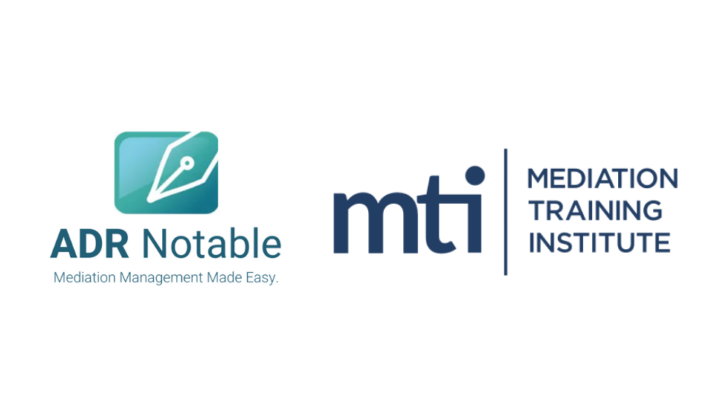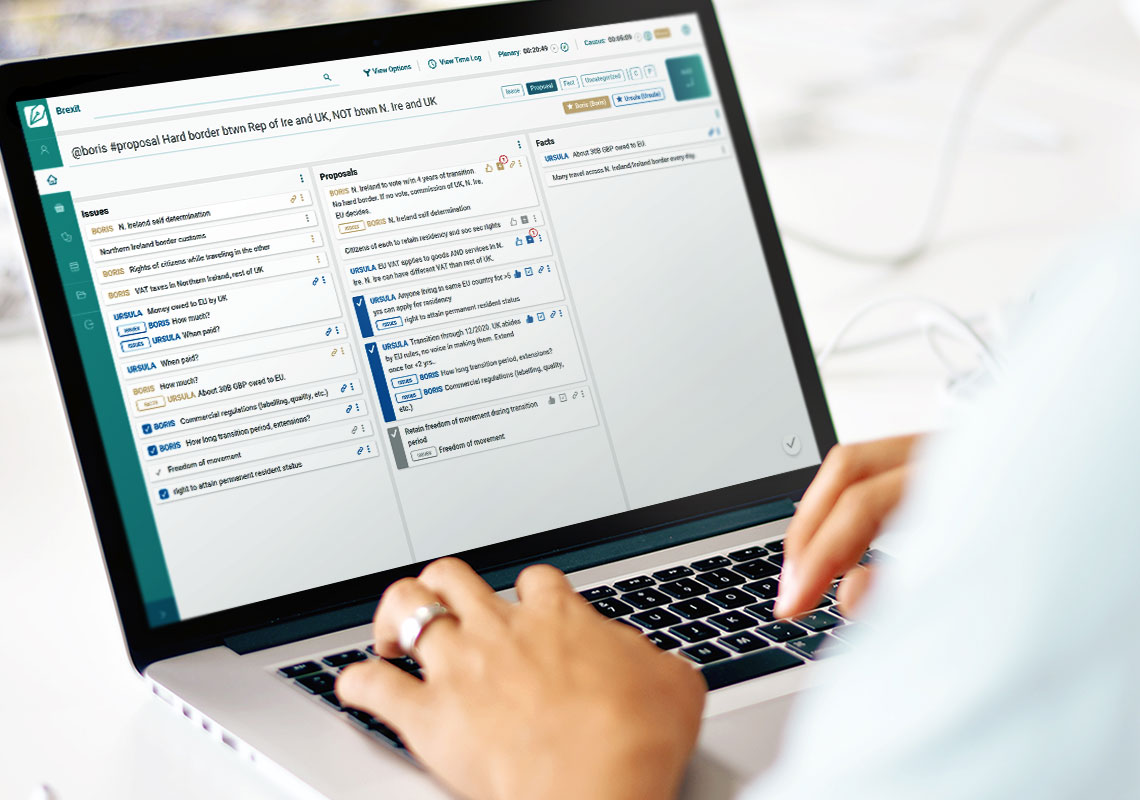There’s a Checklist for That
My wife loves checklists. A lawyer by training (I am too – pity our children), she thrives on detail. She has lived the organized life for the 40 years I have known her. Her reliance on checklists took off during her first job after college.
She worked for a travel company as their onsite representative for travel groups. The job took her around the world. But the days were long and grueling, filled with thankless tasks and problems rising by the hour. Imagine tracking the details for large tourist groups from the U.S. traveling in foreign countries for the first time. Her solution–checklists.
Her fondness for checklists helped her through law school, her budding career as a lawyer, and our family’s somewhat nomadic lifestyle. As our children grew up, we moved several times which meant managing hundreds of details. Moving with young children combines the sophistication of military maneuvers with total chaos. Changing schools alone presents a logistical nightmare. Yet we made it through each move unscathed thanks to my wife and her checklists.
Now, there are two ways the story can go when you have an organized spouse who loves checklists. It can drive you mad. Or, the path I recommend, it can lead you to embrace the checklist culture. Let’s explore why.
Checklists Can Save Your Life
You might call Atul Gawande an overachiever. The child of immigrant parents, Gawande graduated from Stanford University. He was a Rhodes Scholar, earning an M.A. from Balliol College, Oxford. Gawande received his medical degree from Harvard Medical School as well as a Master of Public Health from the Harvard School of Public Health. He has a long and impressive list of honors, awards such as the “Genius Grant” (a MacArthur Fellowship), and “100 Most …” placements. And along the way, he published several books including The Checklist Manifesto.
In his book, Gawande tells stories of bad situations turned around by using checklists. Many of the stories follow the same pattern. They include individuals highly trained and skilled at what they did. These were not the type of people prone to making mistakes. Yet these people, put into certain situations, experienced extreme failure. People died. The situations, such as flying planes or treating patients in hospitals, involved high stress, the need for precision, and complexity.
Despite their training, experience, and skill, failure happened.
The organizations charged with addressing the failures could have responded in obvious ways. They might have required more training, more skill-building, or more experience for the individuals who would face similar situations. They took a simpler approach: they created checklists and enforced using the checklists. The results were amazing. Plane crashes plummeted; patient mortality rates withered.
The problems causing the failures were not a lack of adequate training, experience, or skill. Rather, the problem was process. The people put in the situations failed to complete necessary tasks and follow procedures. It seems elementary in hindsight. But the simplest ideas may generate profound impacts.
Consider the flight crew for an airplane.
They have a considerable number of critical items to check, set, and confirm before their plane can leave the ground. They are under time pressure to get the plane off the ground during its assigned slot. Passengers want to make their connections. Weather may be closing in. Regulators score the airline on whether its flights depart and arrive on time.
The flight crew faces a strong temptation to assume everything on the plane is good to go rather than check. Following their training, the pilots pull out and follow checklists confirming rather than assuming. Whether their fiftieth or five hundredth flight, they follow the checklists. Those checklists are one reason the airline industry has a superb safety record.
More Than “Check the Box” Tools
Checklists help ensure we complete tasks and perform them in the correct sequence. But solid science backs up why checklists do more than keep us organized. Checklists help us focus, become more productive, and reduce stress by “offloading” (or, using computer-terminology, checklists free up human RAM).
This has happened to all of us. We get busy and we have many tasks to complete. To stay on top of the tasks, we create mental checklists and we update them as we go along. Keeping track of the checklists, deleting tasks, and adding new ones puts a strain on our brain. It can get to the point where we have trouble falling asleep because we keep running through the lists in our head. When we do fall asleep, we wake up often with the chilling thought, “did I forget to …” The stress builds and affects our lives in various ways.
Checklists help relieve the stress by offloading what we have been “brain juggling”. You may have heard this recommendation before. Each night before you go to bed, write down a list of the things you want to remember to do the next day. Your stress level goes down, you sleep better, and the next day you have a list to reference as you proceed with the tasks.
We can reuse checklists. Most of the year, my wife works part-time. But from January through April, she works full time. To ensure she finishes the necessary things on a weekend, she has a “Sunday checklist”. Each Sunday she needs to do certain chores to prepare for the next week. The Sunday checklist keeps her on track. If she needs to do some additional tasks one week, she adds them to the Sunday checklist.
Why Should Mediators Use a Checklist?
For the parties involved in a mediation, the stakes are high. Everyone, including the mediator, feels the pressure. Mediations involve complex situations. The parties have business or life-changing outcomes riding on the results. As experienced mediators know, “winging it” is a poor mediation strategy.
Every mediator faces a challenge: how to get organized for a mediation and stay organized throughout the mediation. When the mediator has many cases, the organization challenge increases. This is exactly why we recommend that mediators use a checklist.
The following example with some tips will show you how a checklist can help if you are a mediator.
Avoid creating one massive checklist that attempts to include everything.
If you’re a mediator, keep your checklists short and to the point. If you sense your checklist growing, break the universe down into manageable chunks and create a checklist for each chunk. Instead of several physical documents, put all the checklists into one document. Separate them within the document by starting each checklist on a new page (this will come in handy if you delegate one or more checklists to other members of your mediation team).
Consider family law mediations. Avoiding the “one list for all” temptation, we break the mediation into chunks and start with logistics. The logistics checklist covers general issues:
- Have you reserved the mediation room?
- Is the room set up (pads of paper, pens, AV equipment, etc.)?
- Did you order refreshments?
The specific items depend on your mediation practice. With separate checklists, you can delegate this checklist to someone in your office who handles the logistics. When they are ready, you have a common document to cover to make sure everything is ready.
Mediators should use checklists to ensure everything is properly arranged with the parties.
Has each party signed an engagement letter? Did you address fee amounts and payments? Are the parties on board with the timing of mediation sessions? Are there any restrictions or issues with having the parties in the same room?
Strike a balance between helpful and painful detail. A helpful checklist for mediators includes separate items for each party. A checklist does not help when one party signs the engagement letter, but the other party does not. A painful checklist covers each item in the engagement letter. If you do need that detail, include it in a separate engagement letter checklist.
How can a checklist help in the mediation itself?
You will have to decide what works best for you as a mediator. The following suggestions may help guide you.
The mediation may require resolution of legal points and factual disputes. The parties may have offered ideas for what they need resolved in the mediation. If you are doing the mediation on behalf of a referring tribunal, that tribunal may have requirements. You could turn each topic into a checklist, or you could combine a few topics into one checklist. Either way, follow the precept: short and to the point.
Sometimes a mediator confronts a topic in each mediation. That mediator may cover child custody, property division, or tax issues as routine parts of family law mediations. If that happens to you, create a checklist for each area and choose which combination of checklists to use for a specific mediation. Customize the standard checklist depending on the exact issues in your mediation.
Mediators can even use a checklist after the mediation is over.
Examples of items that can appear on your post-mediation checklist include:
- Who memorializes the mediation results?
- What other actions, if any, do you need to take as mediator?
- Do you need to report to a tribunal?
- Do you need to return documents to the parties?
- Who will participate in the after-action assessment and when will it take place? (An after-action assessment is a review of the process to discuss what went right, what went wrong, and how to improve the process.)
By the way, ADR Notable has a built-in checklist feature that mediators can customize to suit their needs for before, during, or after the mediation. To read more about that feature, click here.
A Checklist Brings Order to Chaos – for Mediators Too
Although you may not recognize it, we all use checklists. Every day as you go about your daily activities you use several checklists. Some are so well known that you think of them as habits. You get dressed without thinking about the steps, but your mind silently runs through a checklist (“Am I properly dressed?”). As you leave for work, your mind completes another checklist (“Do I have everything I need for today?”). You also know when that mental checklist failed (“Why am I wearing one black sock and one brown sock?”).
As Gawande’s book helped us realize, turning important checklists into documents and rigorously using those checklists can save us—from embarrassment or something far more serious. Today, technology makes using a checklist a simple task – even for mediators. Click a button, open a checklist, and you are on your way. Take advantage of the humble checklist to reduce stress and improve your mediation practice.






